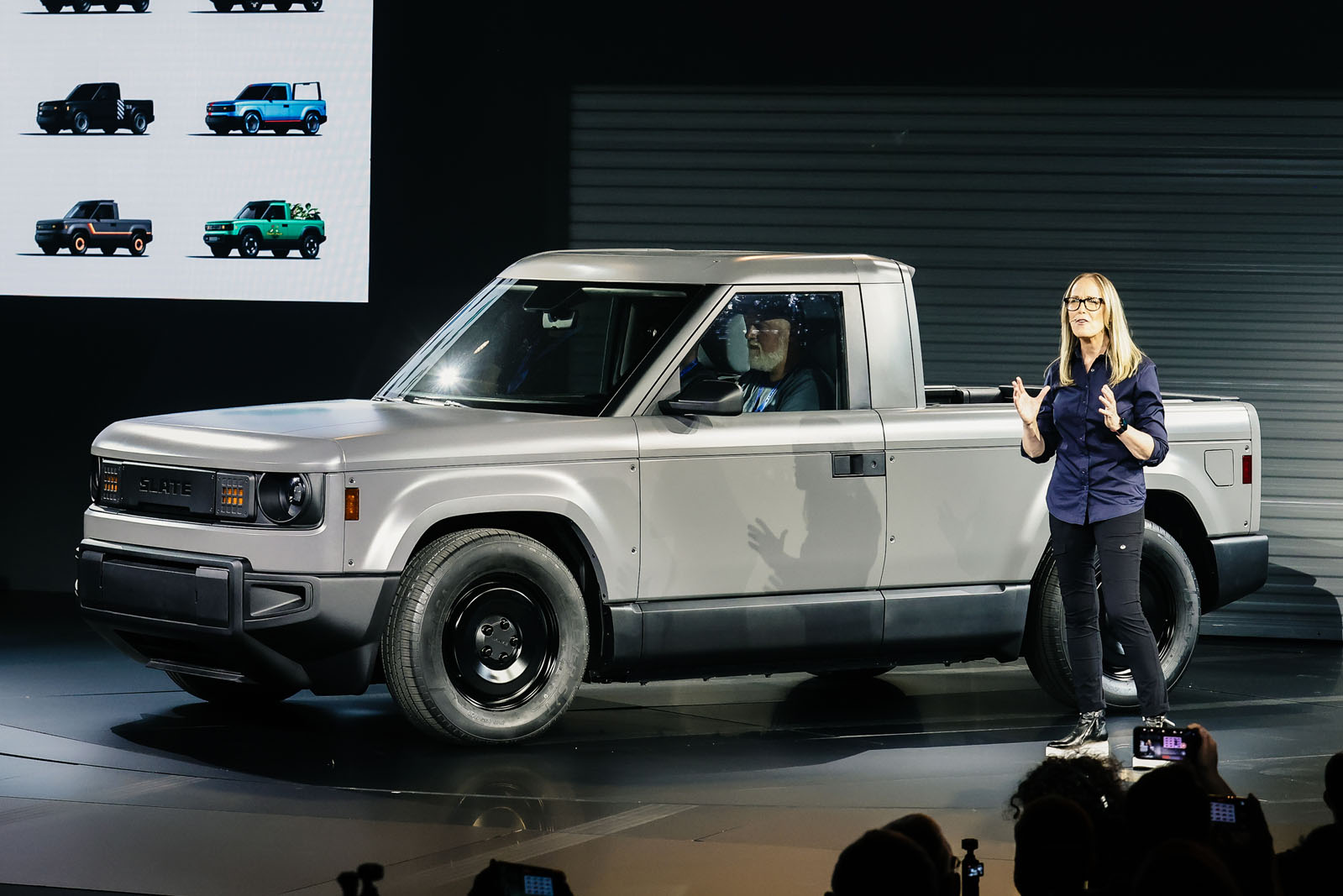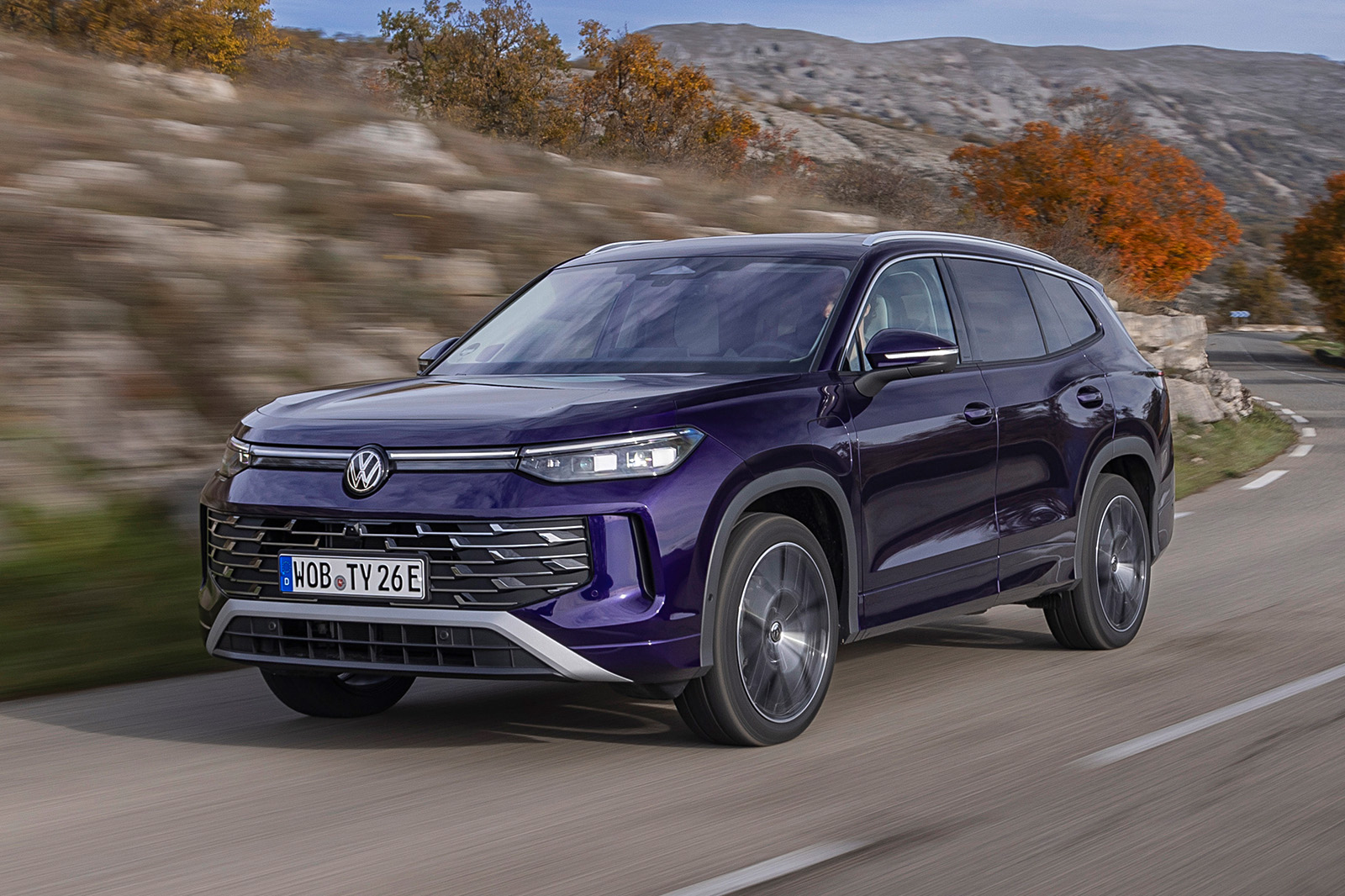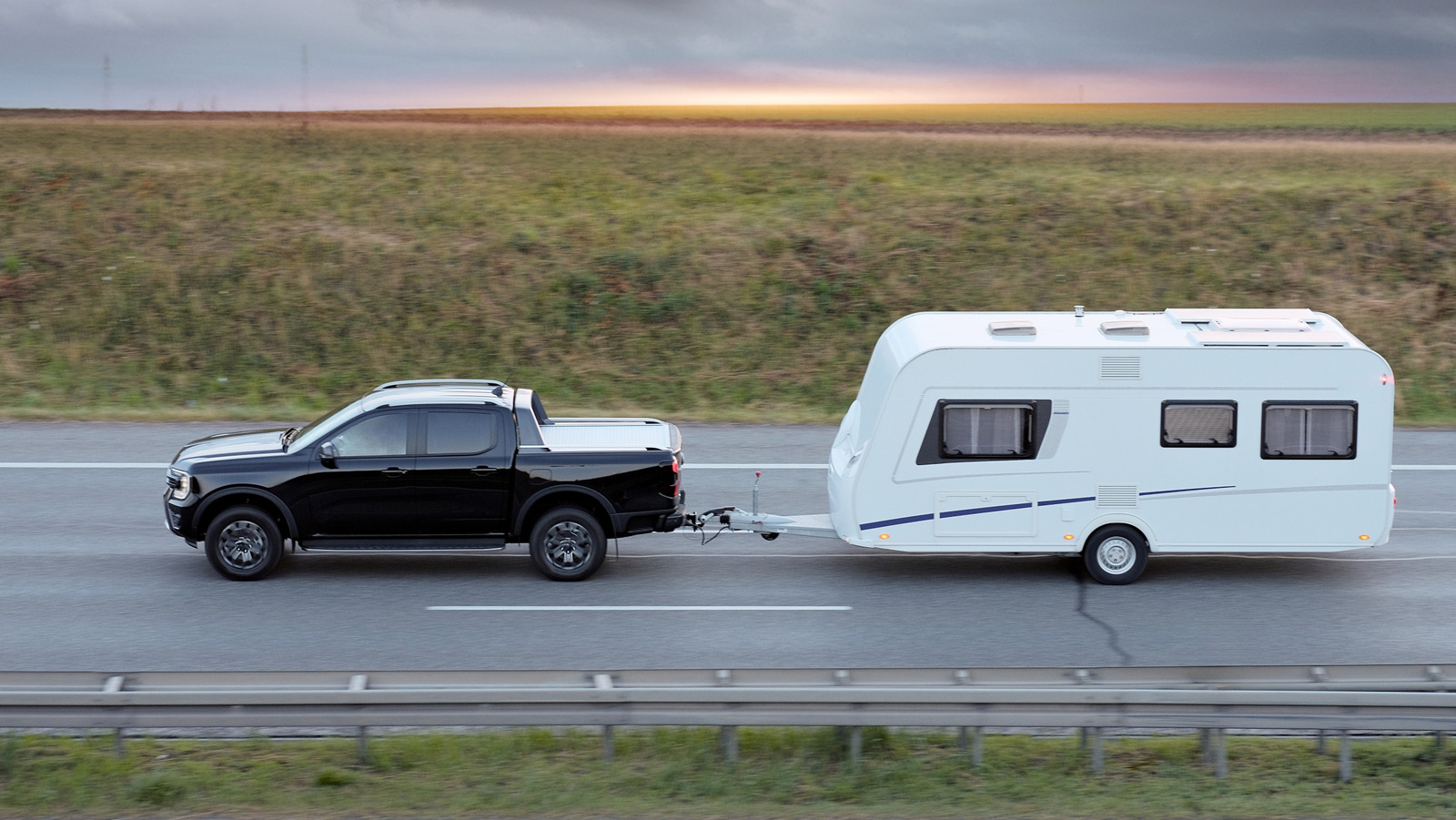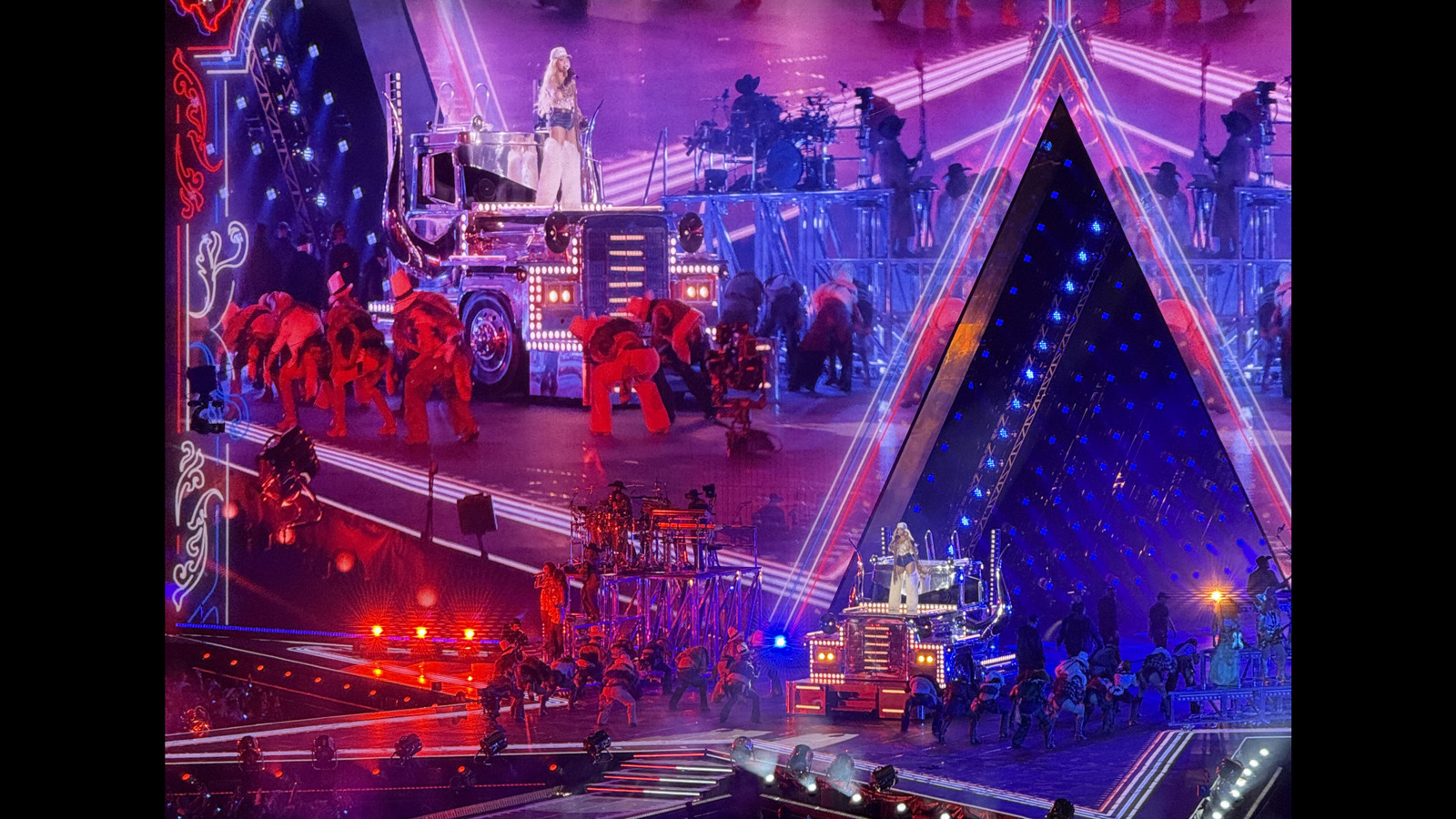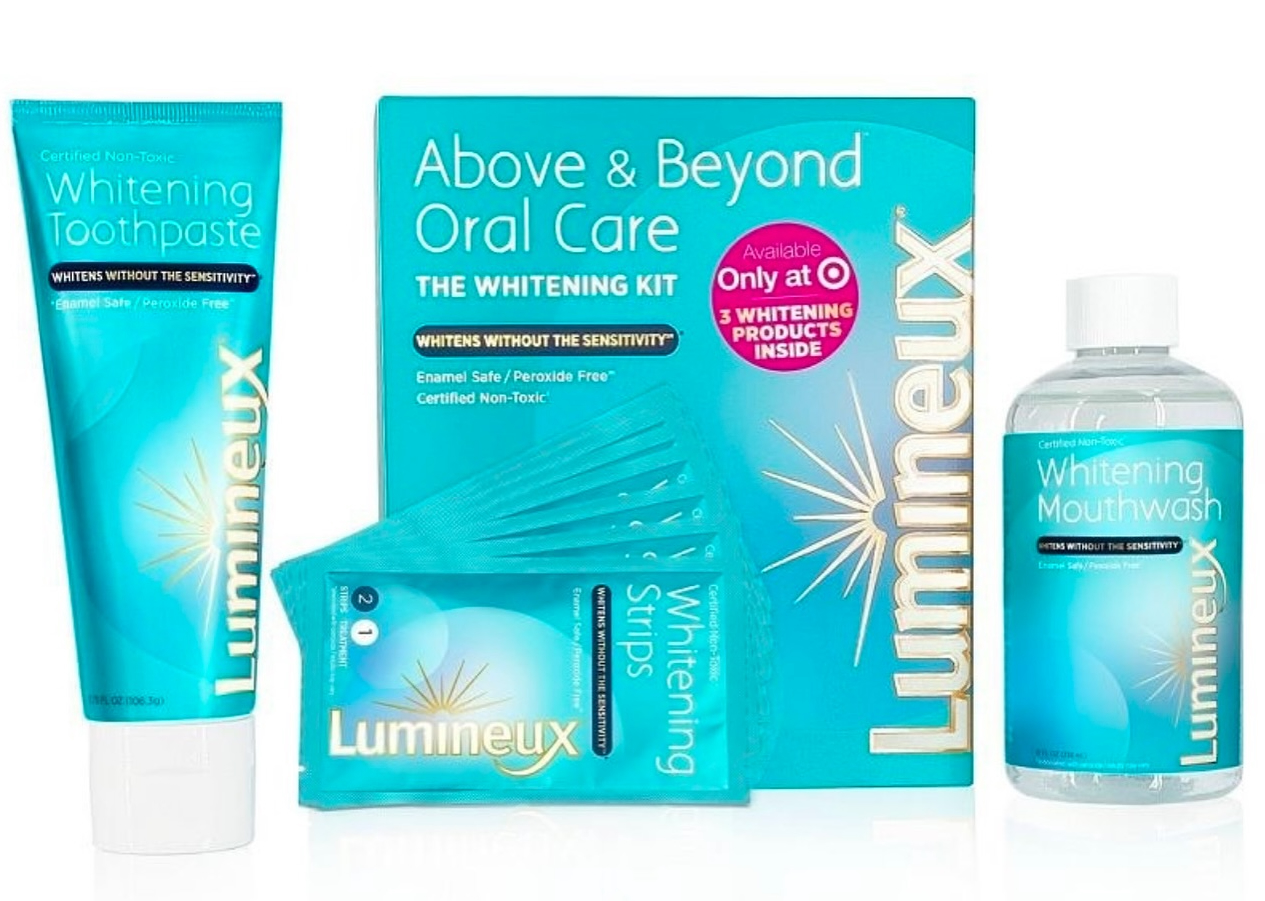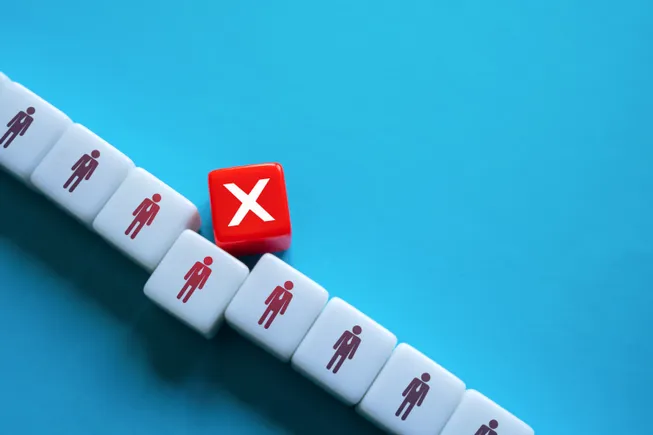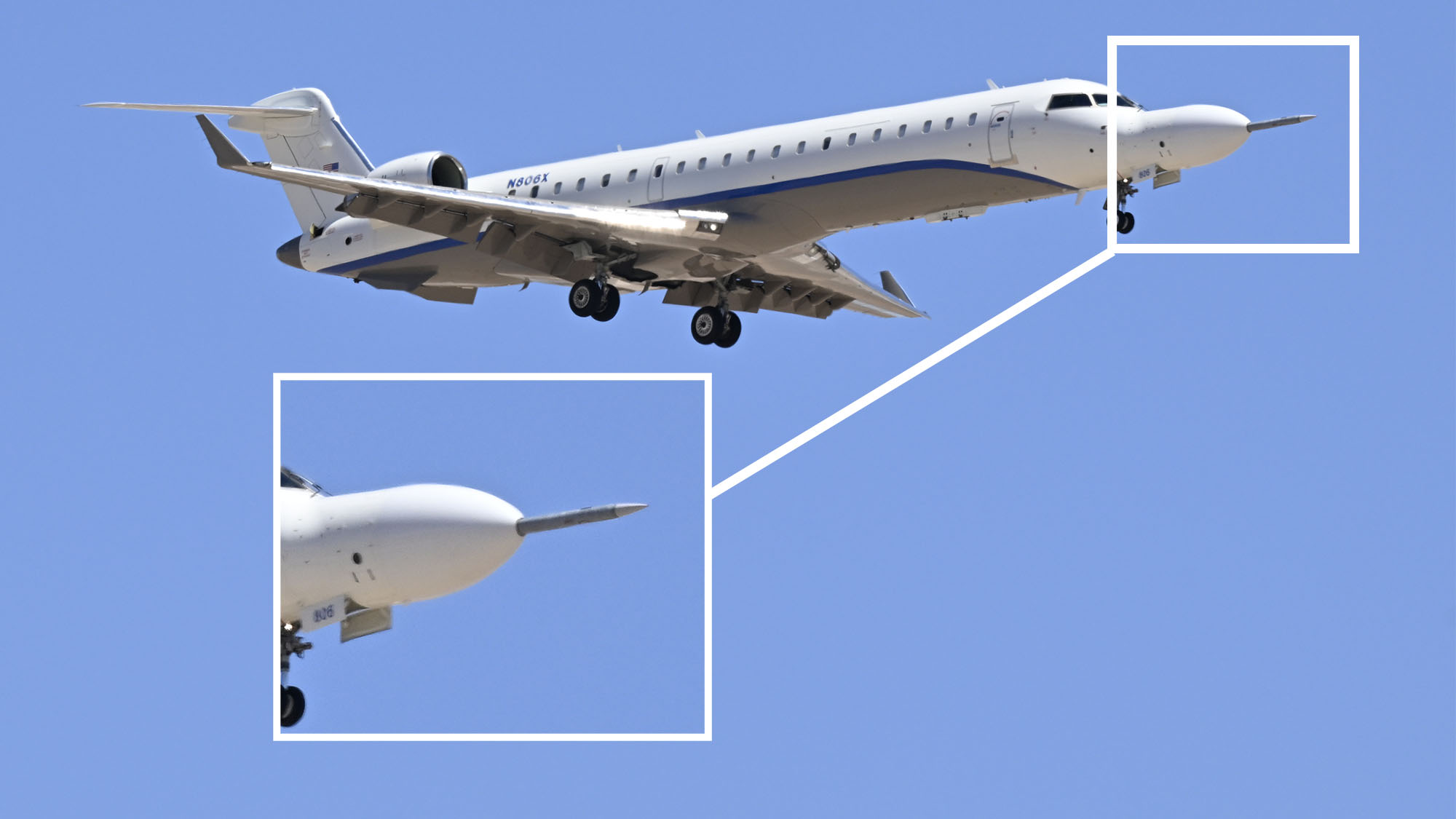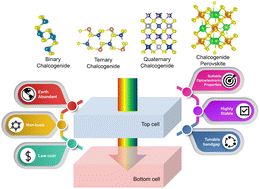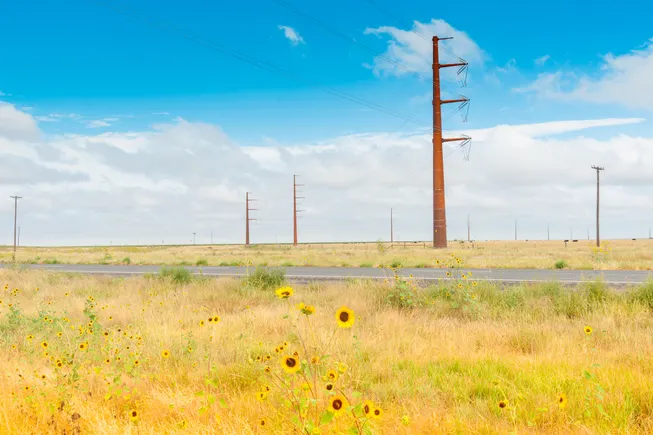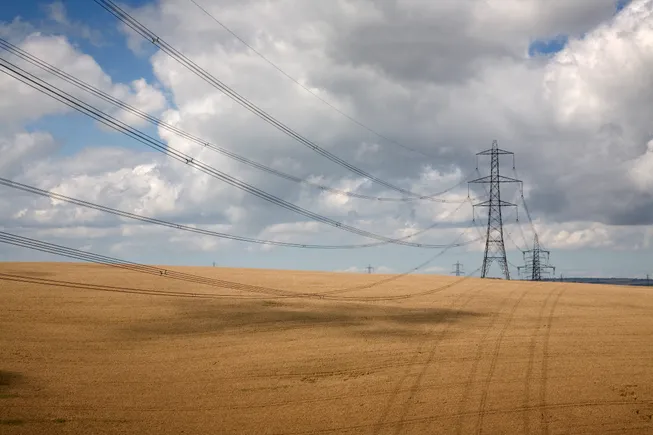To Be a True Wine Connoisseur, Do You Need to Triple Blind Taste?
The advanced wine tasting method removes all bias and ups nuances in the wine. But is it overkill? [...] Read More... The post To Be a True Wine Connoisseur, Do You Need to Triple Blind Taste? appeared first on Wine Enthusiast.
Few civilians find themselves blind tasting wines. Wine pros and reviewers, however, employ the method to eliminate pre-existing expectations and bias as they assess a wine’s merits.
For Wine Enthusiast blind tastings, all bottles are cellared for at least three weeks before they are reviewed, in order to eliminate a phenomenon called “bottle shock.” Then, a tasting coordinator removes the corks and places the bottles in paper bags that conceal the labels and shape before the tasting begins.
You might think that a tasting can’t get any blinder than that, but indeed it can: “Triple blind tastings” up the ante.
In a single blind tasting, tasters know something about the wine beyond the label, whether it’s the category or region. For example, our reviewers taste the wines in “peer groups” based on certain similarities—say, Cabernet blends of the same vintage in Napa Valley.
Double blind tastings take things a step further, as the taster knows nothing about the wine’s identity (only the pourer does). Double blind tasters must rely completely on their senses, including vision.
In a triple blind tasting, however, you are truly in the dark—literally and figuratively. Tasters are blind-folded (or use black wine glasses) and can’t know anything about the wine.
But is it overkill?
Fewer Biases and Unexpected Discoveries
For some wine pros, the method has led to some incredible discoveries.
“As a certified sommelier with a PhD in statistics, I’m a firm believer in removing bias when evaluating wine—triple blind tasting is the gold standard,” says Fah Sathirapongsasuti, winemaker at Sunset Cellars in Fairfield, California. “I’ve used it in our cellar, pulling wine from random barrels and tasting without knowing the varietal, vintage or source. Even when I think I know my wines, I’m often surprised and humbled.”
Triple blind tasters can choose how intense they want to be about the “rules.” Sathirapongsasuti doesn’t use blindfolds or black glasses, but he has another method for taking vision out of the equation: “I just line up similar wines side by side so the color doesn’t give anything away,” he says. “We’ll even throw in a surprise bottle from another producer now and then, just to keep everyone (including me) on their toes. It’s all about keeping it honest and letting the wine speak for itself.”
Sathirapongsasuti finds that triple blind tasting offers him a powerful reminder about bias. “Our assumptions shape our palates more than we realize,” he says. In fact, the method allowed him to uncover “unexpected blend pairings that defy conventional wisdom but truly sing together”—triple blind tasting is what led to the creation of Sunset Cellars’ “Cat or Tiger” blend of Petite Sirah and Barbera.
“Especially in Suisun Valley, where Petite Sirah is softer and more blend-friendly than in other regions, triple blind tasting allows the wine—not our preconceptions—to lead the way,” he says.
Lesser-Known Wines Get Love
Marco Belgarbo, sommelier at Casa Angelina in Praiano, Italy, oversees a wine cellar with over 1,500 labels. He has done blind-folded triple blind tastings, including ones set up by Antinori and Gaja, and has found them to be invaluable, if not humbling. “Not knowing the wine’s origin, producer or style allows us to focus solely on the wine’s intrinsic qualities—its balance, complexity and structure,” Belgarbo says. It’s been a helpful tool during the process of expanding Casa Angelina’s collection.
“We’re keen to discover new wineries, with a special attention to our local Campania region, which is renowned for its exceptional, often underappreciated wines,” he says. “Triple blind tasting can be particularly helpful when evaluating wines from emerging or lesser-known producers, allowing us to assess the wines purely for their quality, without being influenced by reputation or region.” In short, it helps Belgarbo offer guests “the most authentic and exciting wines,” particularly those that highlight the unique terroir of Campania.
Many wineries offer nearly triple blind tastings to visitors for educational purposes, with black glasses or blindfolds. However, guests are likely to have a sense of region or varietal, based on where they are in the world.
Prepare to Be Humbled
In 2011, Dr. Hoby Webler, a sensory expert with a Ph.D. in organic chemistry, has been blind since birth. In 2011, Webler developed “Tasting in the Dark,” a series of customized blind-folded tasting experiences, in collaboration with Francis Ford Coppola.
“Masters of wine and master sommeliers leave my experiences saying that they have a new-found appreciation for wine,” says Webler, who is leading a blind folded, cross-sensory tasting of Prosecco DOC for National Prosecco Week. “We use our eyesight for 85 to 90% of the information we take in from our surroundings. This means that we have four perfectly good additional senses, which we use to take in 10 to 15% of the information around us. We should use eyesight, but not so much that it blinds our other senses.”
For casual wine drinkers, organizing a triple blind tasting on their own requires quite a bit of preparation—how are you supposed to acquire wines if you can’t know anything about them? If you’re not a professional reviewer or sommelier, triple blind tasting is probably more trouble than it’s worth.
But the method may help you experience wine in a totally different way. The removal of certain cues—like the color of the wine, or knowledge of its region—allows tasters to notice a wine’s quieter qualities.
“It forces you to tune into the wine’s nuances, without any external influences or biases,” says Belgarbo. “In fact, it often reveals aspects of a wine that might otherwise be overlooked, such as subtle textures or hidden aromas. It’s a humbling experience that helps us refine our palate.”
The experience can also reveal that our strongest held wine opinions are sometimes disconnected from reality.
“I had a woman a few years ago tell me that she will never drink Chardonnay again,” says Webler. “She sat through my tasting where one of the wines was a Chardonnay. I asked folks to tell me what their favorite wine out of the set was, and she said Chardonnay! I converted her, through one experience, from a Chardonnay hater to a Chardonnay lover.”
More Wine Tasting Coverage
- If you’re brand new to wine tasting, we recommend treating it like a middle school science experiment.
- We tapped a Ph.D. in sensory science to explain how to improve your tasting abilities.
- Taste like a pro and avoid “palate blowout” during wine tastings.
- Do your genes predict your wine preferences? We did a deep dive.
The post To Be a True Wine Connoisseur, Do You Need to Triple Blind Taste? appeared first on Wine Enthusiast.















